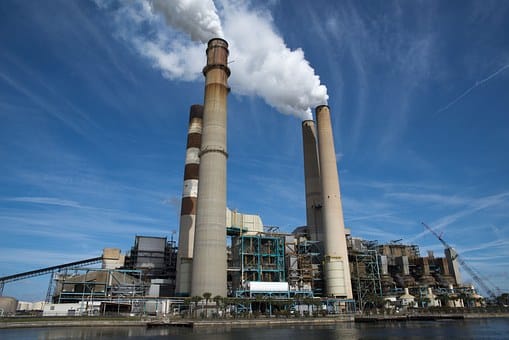U.S. Interior Issues First Policy for Siting Carbon Storage Projects

The Bureau of Land Management on June 10 issued a new policy relating to geologic sequestration of carbon dioxide on public lands amid the rising interest in siting carbon dioxide injection and pipelines on public lands. This policy is part of a broader plan to reduce the amount of carbon dioxide in the atmosphere and combat climate change. This is the first time the agency has issued a policy allowing for permanent underground carbon dioxide storage to support the goal of achieving net zero emissions by 2050.
The new Instruction Memorandum outlines the requirements that companies seeking to build and operate carbon capture utilization and storage, or CCUS, projects will need to meet to acquire key rights-of-way permits to both construct the project and inject CO2 into depleted underground aquifers and geologic formations. This will also include coordination with the Environmental Protection Agency as applicants must also acquire safe drinking water permits.
The agency defines its authority to issue ROW permits for such facilities stemming from Title V of the Federal Land Policy and Management Act of 1976. Under the law, the new right-of-way permits would address the construction, operation, maintenance, and termination of surface facilities required to inject CO2 for permanent geologic sequestration. Under the new policy, such permits for long-term geologic storage would be issued for a minimum of 30 years with a provision for renewable, while also complying with all aspects of EPA’s underground injection control program, including obtaining permits related to the protection of drinking water resources.
The bureau may prepare a programmatic environmental document that facilitates an expedited review of CO2 sequestration projects, as federal agencies will likely be required to develop analyses required under the National Environmental Policy Act, including consideration of appropriate mitigation. Projects may be eligible for treatment as a covered project under 2015 Fixing America’s Surface Transportation, or FAST, Act, which entitles them to more swift reviews and final approvals.
Currently, there are no approved carbon sequestration projects on public lands. The agency is working on two applications, one in Wyoming and one in Montana, and is examining potential projects in other states.
EnerKnol Pulses like this one are powered by the EnerKnol Platform—the first comprehensive database for real-time energy policy tracking. Sign up for a free trial below for access to key regulatory data and deep industry insights across the energy spectrum.
ACCESS FREE TRIAL


